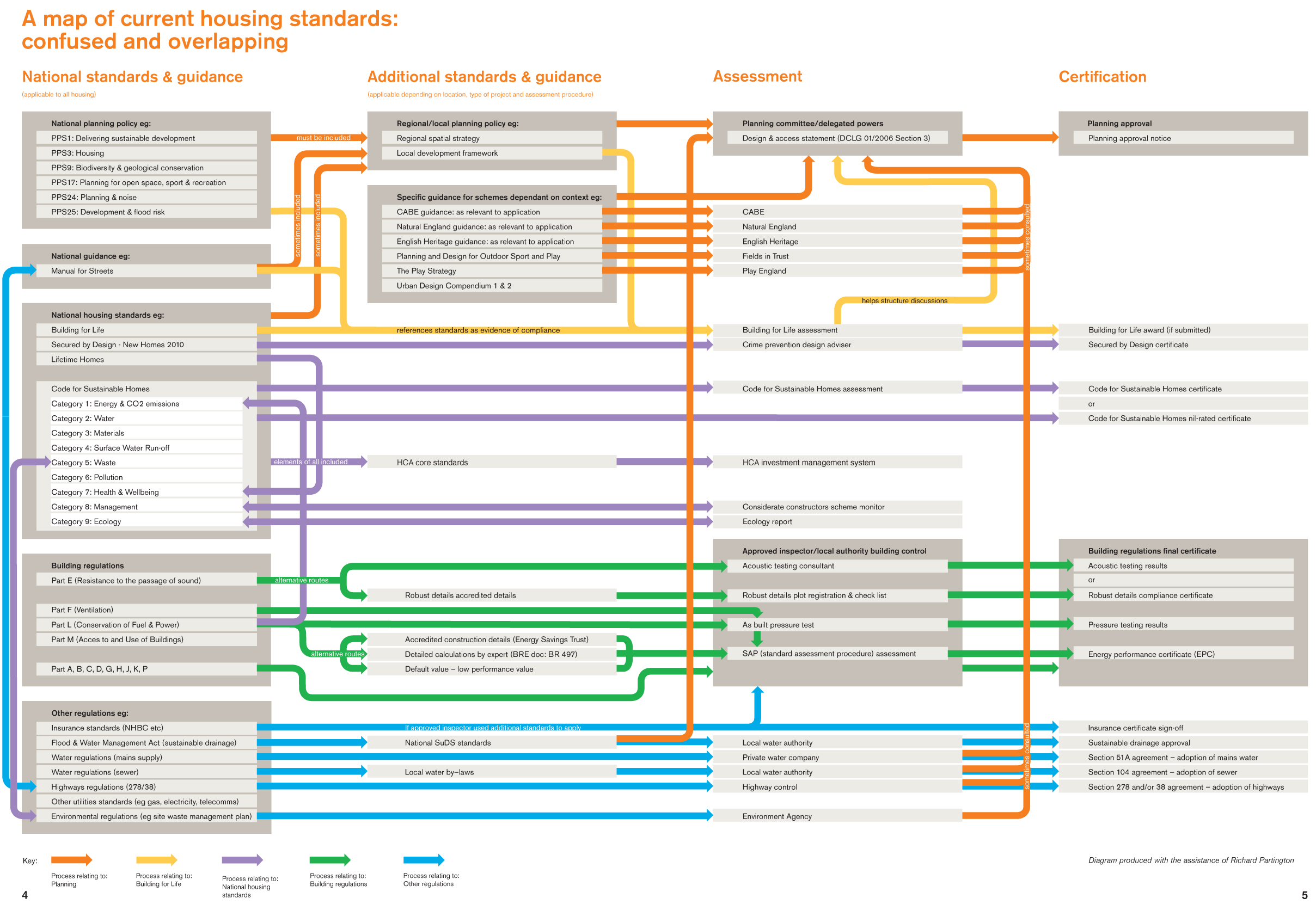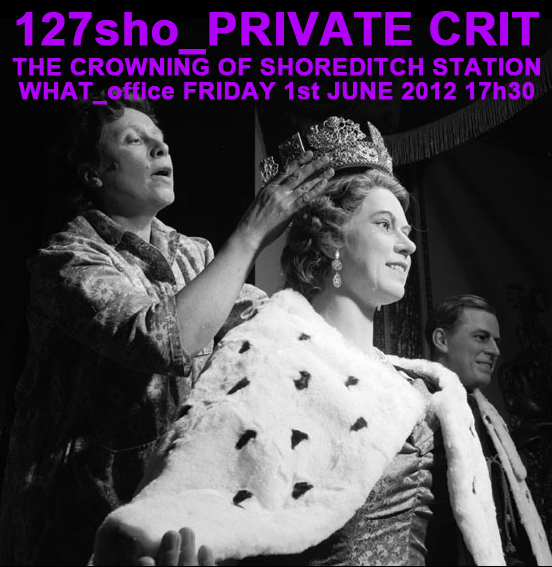129FIL_POBLIQUE STAIRS
Oblique Stairs hide Perpendicular Stairs within them. The Oblique Stairs are public and hide the Perpendicular Stairs which are private and visibilised in red in the diagram below. Private lives can become routine so breaks are good: this project examines the shifts in family life. Work families vs Holiday families.
Perpendicular stairs require the person using them to step with equal strides. Oblique stairs require a break: a slight shift, a shuffle, a change of routine, stepping dance, like Fred Astaire. Or James Cagney. Or Mr Bojangles… Holiday house forces you to exercise your hips./////|||||||\\\\\\/\|\\\



000off_WHAT_architecture vs Institute for Migration and Ethnic Studies
Mobility as the new paradigmatic perspective in the social sciences?
Institute for Migration and Ethnic Studies (IMES) University of Amsterdam 28-29 August 2012, Amsterdam. Mobility seems to have become the new paradigm for social sciences. Not only for scholars working on immigration, but social sciences in general indicate a tendency to explain social phenomena by referring to different forms of mobility. A few decades ago sedentary was the norm for social scientists; individuals and groups living in stable and static contexts, mobility, in the form of immigration flows was the exception; the phenomenon to explain. Nowadays it seems the other way around. Social scientists perceive the world as constantly moving, dynamic, and changing in a global era. Now sedentary is the exception that needs to be explained. One of the questions for this conference is: is this a useful perspective for social sciences? Is it indeed the case that sedentary static groups in society are an exception or not? Is this indeed a recent phenomenon or can we find similar examples in history? And if our modern society is best characterized by hyper-mobility what are the effects of that and how should we study it? An important topic for the conference will therefore be which types of theories and concepts are analytically effective in studying Mobility? http://www.imiscoeconferences.org/
000off_WHAT_INTERN.ATIONAL OFFICE
WHAT_architecture is an intern.ational office. Alan Hansen, the football commentator, once said “you can’t win anything with kids”. At the time (1995) Hansen was talking about Manchester United (the debut season of David Beckham) whose manager, Alex Ferguson is today the most successful in Britain. With youth, can come responsibility. And, unlike football, you are a young architect until 40. After that age, there’s still the second half to look forward to.

072hin_WHAT WEAVING WORKSHOP
WHAT_architecture presents: ‘Hinemihi Tukutuku Weaving Workshop’ Saturday 18th & Sunday 19th May 2012
Hinemihi is a Maori meeting house located within the grounds of Clandon Park, near Guildford, in Surrey. Hinemihi originally comes from Te Wairoa, on the North Island of New Zealand, and her creation was commissioned by Chief Aporo Te Wharekaniwha of the sub-tribe Ngati Hinemihi. To the Maori who built her, Hinemihi was a physical embodiment of an honoured ancestress of Ngati Hinemihi, and Hinemihi is considered to be a living being. Tukutuku are decorative lattice-work panels. These workshops will start the process of creating tukutuku panels for the interior of Hinemihi similar to those that were in the house before she was dismantled and shipped to Britain.


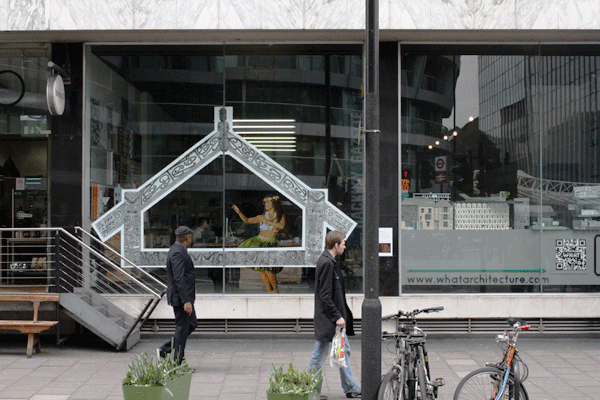
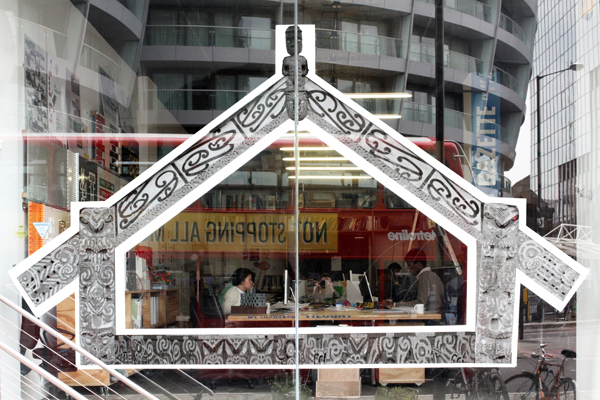
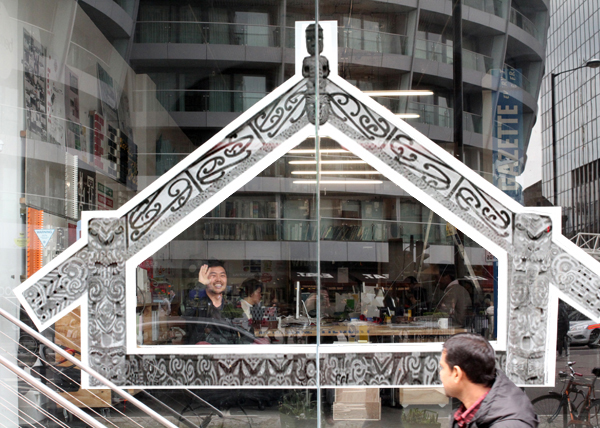






072hin_POTAKAWHITI
Blablablarchitecture is ‘talking buildings’. Buildings that talk. Prior to European settlement in New Zealand, maori was a spoken unwritten language and the spoken rather than the written word lies at the heart of blablablarchitecture. In cultures with spoken traditions, mythology often transforms into eulogy. Mythology is also highly interpretative, like chinese whispers, as the act of recital posits the speaker as a story teller. In a maori meeting house, the building is a book with the carvings acting as inscriptions. Where words are woven into tukutuku panels. In the meeting house at Tutanekai one such carving denotes the story of Potakawhiti:
A long time ago in Hawiiki, a tohunga (a sacred person) was sleeping in the sun. The tohunga had a boil on his leg which was weeping. Potakatawhiti, a dog, wandered into the village and saw the sleeping tohunga. Potakatawhiti started licking the weeping pus which woke the tohunga and realising that the dog had ‘taken part’ of him, killed, cooked and ate the dog. After some time, the dog’s owner,s brothers Tamatekapua and Whakaturia, noticed Potakawhiti was missing and went searching for the dog. When they called for him could hear the sound of a dog whining. They followed the whining sound and realised the sound was emanating from the tohunga’s stomach. To avenge the death of the dog (as the brothers could not kill the sacred tohunga) they decided to rob the tohunga’s orchard which contained a sacred tree bearing breadfruit (poroporo). At night, using stilts so as to not leave footprints, they stripped the tree. Gleeful of their bounty, the brothers tried again but on the second night they were noticed and chased by the tohunga’s people who became suspicious that poroporo was disappearing. To escape the brothers abandoned their stilts and ran into the sea. Unfortunately Whakaturia was not a good swimmer and was captured whilst Tamatekapua escaped. Whakaturia was taken back to the meeting house and tied him to the top of the poutokomanawa (the centre pole of the meeting house) in readiness to smoke and eat him.
Desperate to help his captured brother, Tamatekapua returned to the village and with some stealth climbed on top of the meeting house. Here he parted the thatched roof to talk to Whakaturia whilst the people below were getting ready for dinner by dancing themselves into a frenzy. After all smoked dinners are a slow cook. Tamatekapua told Whakaturia to deride the hungry hoard below by saying how useless they were at dancing and he could dance much better. Tamatekapua told Whakaturia that having affronted their ego they will take him down. Once on the ground Whakaturia started the mother of all hakas to save his life, working the dance floor such that he was now dancing besides the door. When Whakaturia fled the meeting house, the two brothers barred the door and set fire to house. (Much like in Tarantino’s Inglourious Basterds where the Nazi’s are locked in a cinema which is then set alight). The burning of the whare created a battle between two villages and so the brother’s father suggested that the boys build the Te Arawa waka (canoe) and leave the island.



000off_WHAT_ARCHITECTURE REMIX COMPETITION
“The remix contest brought out a lot of amazing music architecture. Everyone that was a part of it was making cutting edge music architecture.” The relationship between music and architecture has progressed a lot since the 15th Century when Leon Battista Alberti, the Italian author, artist, poet, priest, linguist, philosopher, cryptographer and architect proclaimed:
“We shall therefore borrow all our Rules for the Finishing our Proportions, from the Musicians, who are the greatest Masters of this Sort of Numbers, and from those Things wherein Nature shows herself most excellent and compleat.” Leon Battista Alberti (1407-1472)
Today music vs architecture is less about spatial proportion (representation), more about spatial intervention (experience). Blablablarchitecture has always privileged ‘talking buildings’ and therefore rap ‘music’ (recalling Chuck D has always said rap is about the word not the sound) with its speech dexterity, and hiphop, with its sonic sampling / appropriation / play-giarism, has often been on high rotation / Recently Played on the office i-Tunes beatbox.
The WHAT_architecture remix competition launched during Clerkenwell Design Week 2012 is thus a celebration of the world of referencing. Judging can be really hard but thanks to you, and public input via our website, we can choose the winners who, in the best electronic music traditions, add something particular to the original essence. The competition is sponsored by Adobe Photoshop. Or really ‘Phonoshop’TM where the process of making sound also influences image.
GALLERY OF ARCHITECTURAL RAPS:
1. NL_Architects vs Claus en Kaan:

 2. FILIP DUJARDIN FICTIONS:
2. FILIP DUJARDIN FICTIONS:


 2. FILIP DUJARDIN FICTIONS:
2. FILIP DUJARDIN FICTIONS:


127sho_DESIGN GUIDANCE
A map of current housing standards shows current guidance to be a confused and overlapping labyrinth…
